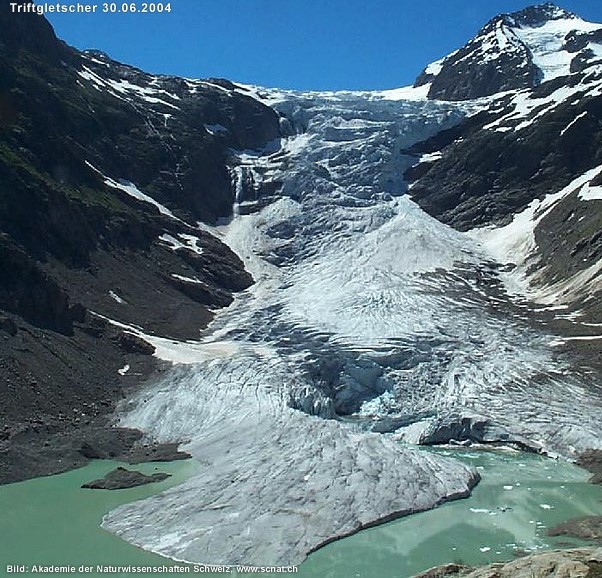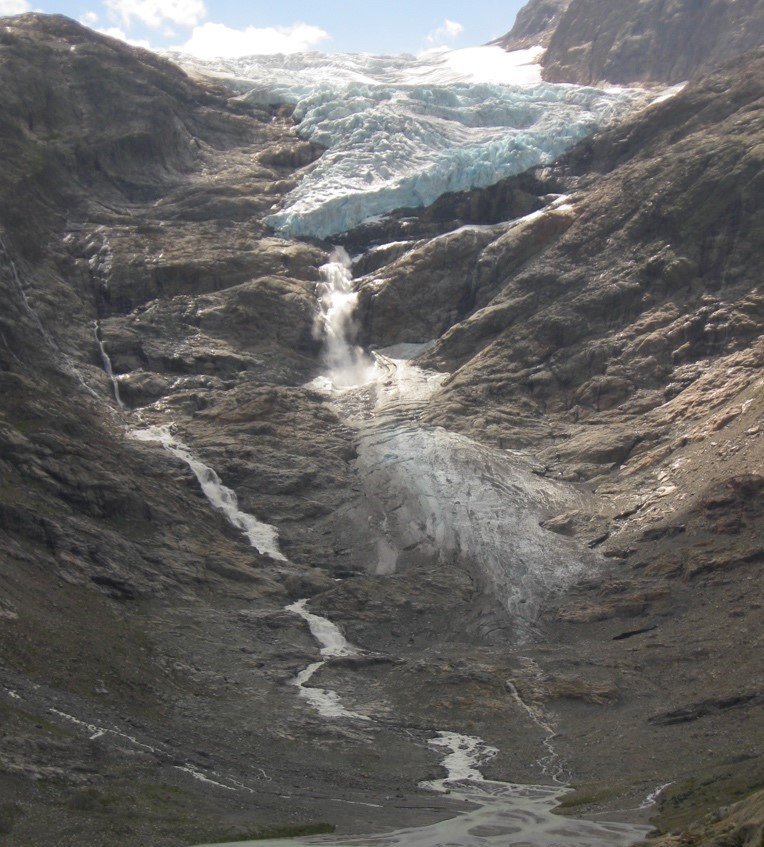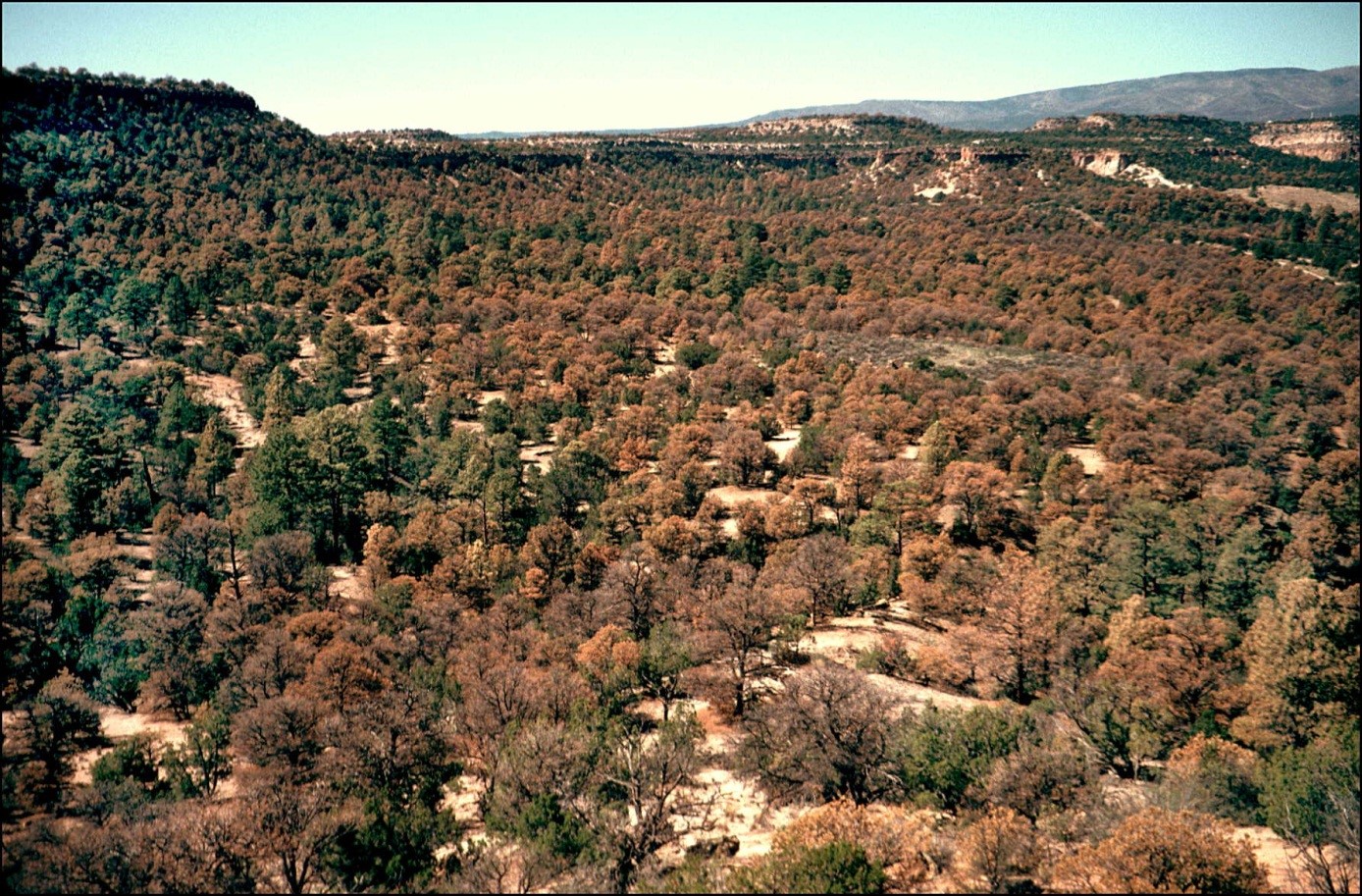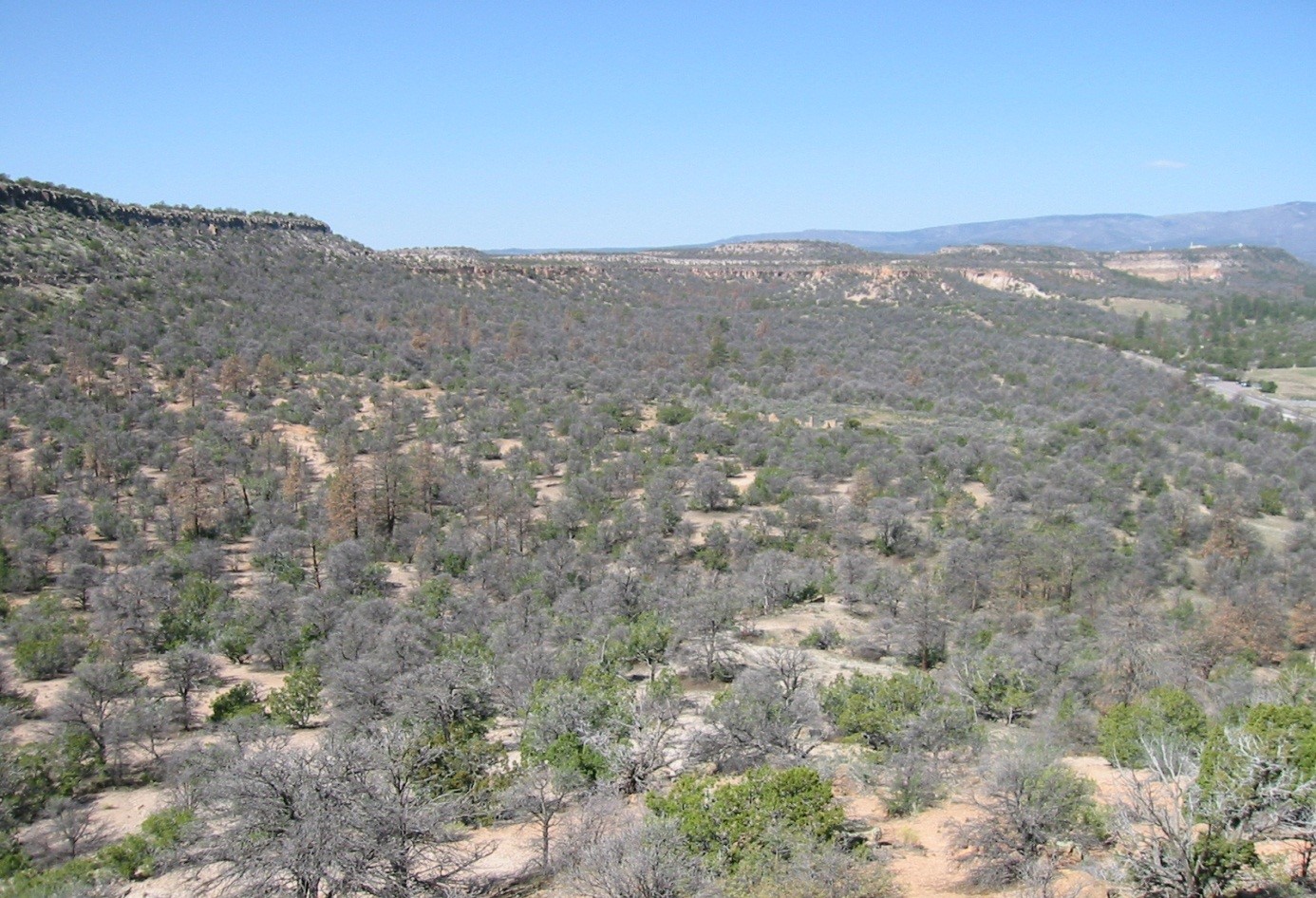Reflections on the MRI Coordination Office at 20
As the MRI Coordination Office turns 20, Professor Harald Bugmann, MRI Chair 2001-2007, reflects on its achievements to date and the importance of its work in the face of an uncertain future for our changing mountains.
2021 marks the 20th anniversary of the MRI Coordination Office, which is supported by Swiss funding agencies, first via the State Secretariat for Education and Research, subsequently via the Swiss National Science Foundation, and later and to this day by the Swiss Academy of Sciences (SCNAT). Looking back over the years from the infancy of the Mountain Research Initiative to the present day, I think the MRI has achieved a lot.
At the level of bringing the global mountain research community closer together, the MRI has spearheaded a number of very important initiatives, two of which stick particularly well in my mind. Firstly, the GLOCHAMORE (Global Change in Mountain Regions) EU project brought managers of Mountain Biosphere Reserves worldwide together with an interdisciplinary group of international scientists. This project had a clear applied focus: to define trajectories for adaptation to climate change in these Biosphere Reserves, including natural systems as well as human societies and their interlinkages, leading to multiple regional results. Secondly, I remember very well the Elevation-Dependent Warming Working Group, which shed light on the physical basis for the disproportionately large warming of mountain regions worldwide, which led to a high-profile scientific publication. These two widely different projects illustrate the breadth of the MRI, and there are numerous other past efforts under the auspices of the MRI that could be mentioned equally well.
At the level of raising awareness of the importance of fragile mountain socio-ecological systems at the science-policy interface, the activities of the MRI have been vital. These include within the IPCC via several of their regular Assessment Reports and, for example, the Special Report on the Ocean and Cryosphere in a Changing Climate that featured a dedicated chapter on High Mountain Areas. This may appear to be – and sometimes actually is – tedious work, but it is important so as to ensure that the livelihoods of millions of people in the mountains as well as those downstream are not forgotten in policymaking.
 |
 |
Fig. 1: Trift glacier (Bernese Oberland, Switzerland) in 2004 (left; Picture source: Swiss Academy of Sciences, Bern) and 2017 (right; Picture source: H. Bugmann).
At the same time, and sadly enough, the environment has changed dramatically over the last 20 years. Again, there are two things that particularly stick in my mind. I was struck by the dramatic shrinkage of glaciers over the last two decades. When I visited the Trift Glacier in the Bernese Oberland a few years ago, I saw a picture of the glacier on the wall of the lower cable car station when exiting the cable car (we had hiked up to the glacier). That picture had been taken in the early 2000s, but there was no resemblance with the current glacier, such that I was fooled into believing that they had posted the picture of another glacier in the cable car station…
I was similarly struck by the fast landscape change that happened over tens of thousands of square kilometers in the southwestern US in the early 2000s as a consequence of drought-induced tree mortality, which was followed by similar, although less dramatic, dieback events in more recent years.
 |
 |
Fig. 2: View of a landscape dominated by evergreen conifers near Los Alamos (New Mexico, USA) in October 2002 (top) and in May 2004 (bottom). Nearly all pines (Pinus edulis) died, only juniper (Juniperus monosperma) survived. Photo credits: Craig Allen, USGS.
Global Change is real and is progressing at a fast pace. The MRI is also real and has proven its importance over the past 20 years. I am convinced that the MRI will continue to contribute to a sustainable future for humans and ecosystems in mountains, for the benefit of humankind in general.
Harald Bugmann
MRI co-founder and first MRI Chair, 2001-2007
By accepting you will be accessing a service provided by a third-party external to https://mountainresearchinitiative.org/







